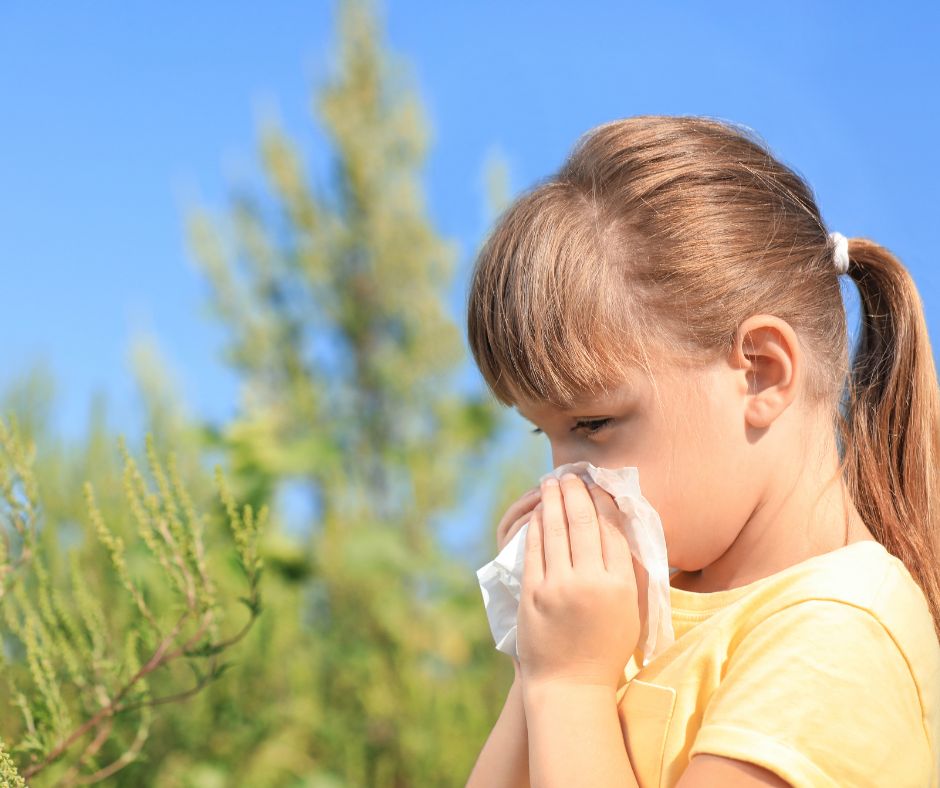As the leaves begin to fall and pumpkin spice everything returns, so does one of the most notorious allergy triggers of the season: ragweed. For many, autumn isn’t just about cozy sweaters and apple picking; it’s also about sneezing, itchy eyes, and a whole lot of tissues. Let’s dive into what ragweed allergy is, why it hits so hard in the fall, and how you can treat it effectively.
What is Ragweed Allergy?
Ragweed allergy is an allergic reaction to the pollen released by the ragweed plant. Ragweed hits peak season in the fall by creating tons of lightweight pollen that can travel hundreds of miles on a gentle autumn breeze. Unfortunately, this pollen is a top trigger for seasonal allergic rhinitis, more commonly known as hay fever. Even if ragweed doesn’t grow near you, its far-flung pollen can trigger a cascade of unpleasant allergy symptoms.
Symptoms of Ragweed Allergy
Ragweed allergy symptoms can range from mildly annoying to downright miserable. Some common complaints include:
- Sneezing
- Runny nose
- Itchy, watery eyes
- Nasal congestion
- Post-nasal drip
Ragweed pollen usually starts circulating in late summer, around mid-August, and continues to wreak havoc until the first frost, which can be as late as November in some areas.
What Causes Ragweed Allergy Symptoms?
Your immune system is the culprit behind these annoying symptoms. It mistakenly identifies ragweed pollen as a threat, triggering the release of histamines to combat the “invader.” This histamine release is what causes your sneezes, congestion, and that all-too-familiar itchiness. In other words, your body goes into full-on battle mode over a little bit of pollen!
How to Treat Ragweed Allergy
Dealing with ragweed allergy doesn’t have to be a seasonal nightmare. Here are some effective ways to manage your pollen allergy symptoms:
- Avoidance: Limit outdoor activities on high pollen days, keep windows closed, and consider using an air purifier.
- Over-the-counter antihistamines: These can help reduce your symptoms, though they might leave you feeling as groggy as a bear in hibernation.
- Nasal sprays: They can ease congestion but beware of overuse, which can lead to rebound symptoms.
- Sublingual allergy drops: For a convenient and painless solution, try compounded sublingual allergy drops from America’s Best Care Plus. These drops are customized to target your specific allergies, offering long-term relief without the hassle of injections.
Say Goodbye to Sneezing
Fall doesn’t have to mean a flurry of sneezes and sniffles. By understanding your ragweed allergy and taking proactive steps, you can enjoy the season to the fullest—without being buried under a mountain of tissues.
Ready to breathe easy this fall?
Learn more about our sublingual allergy drops and say goodbye to ragweed misery with America’s Best Care Plus!

